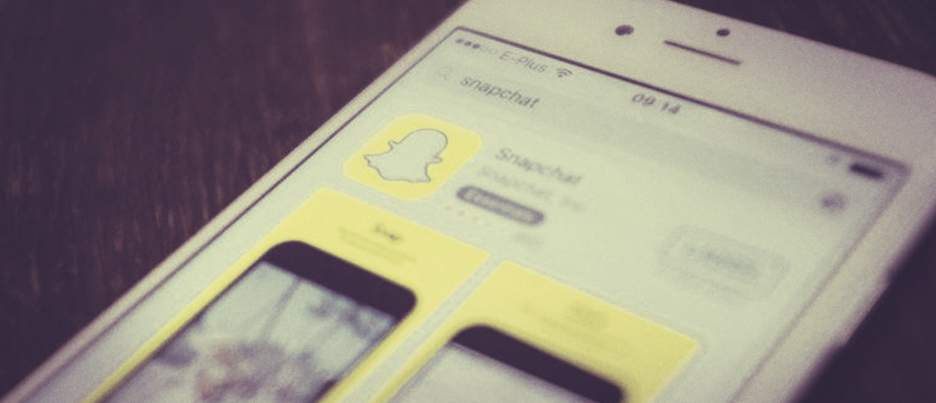Quit Social Media?

While scrolling through Facebook at work last week, I came across a New York Times opinion editorial imploring readers to quit using social media if they want to advance their careers. Although I agreed with many of author Cal Newport’s points – particularly about social’s addictive, distracting, narcissistic nature – I immediately considered writing a rebuttal. (Which, of course, my agency could as social media content.)
Unfortunately, when I Googled the article to do a quick re-read, I found that someone else had beaten me to the punch. The Times had just published a response by Patrick Gillooly, a social media professional at Monster.com. Predictably, he focused largely on the role of social media in the job search process, citing benefits for both prospective employees and employers. Gillooly also pointed out the importance of social media as a gauge of trending news and issues. As a PR person who makes his living reacting to opportunities presented by breaking stories, I can vouch for this firsthand. Additionally, he acknowledged social media’s much-lamented “echo chamber” effect and the insidious role it has played in political and social polarization – and the shocking proliferation of fake news.
The last (echo chamber) point is a bit of an oversimplification, however. While most social media platforms do indeed rely on personalization algorithms that tend to feed users news and viewpoints it thinks they will like, one very significant one does not: Snapchat.
With 150 million users every day, Snapchat is one of the world’s biggest social networks. It has now overtaken Twitter in size, although it is still dwarfed by Facebook’s 1.2 billion daily users. Most significantly, the content Snapchat gives users doesn’t come from a filtered, Facebook-style personalization algorithm, but rather human editing and curation. This reduces both the viral potential of its content, as well as the echo chamber effect. The disappearing nature of Snapchat content also limits virality. Though the platform has introduced some limited ways for users to forward each other’s snaps, the short life of every snap means it is unlikely for any single piece of content to go wildly viral within the app. Snapchat’s advertising is also less Big Brother-ish, relying on TV-style advertising that offers marketers fewer of the data-targeted options pioneered by giants like Google, Facebook and others.
Significantly, Snapchat’s expiring content model is being mimicked by the Facebook-owned platform, Instagram. Earlier this year, Instagram introduced disappearing direct messages and the My Story feature, which has a 24-hour shelf life. Just this week, Instagram began its all-user rollout of Instagram Live, whose content can’t be shared or archived (unlike that of it its big brother, Facebook Live).
On balance, these are good developments, but I’m still somewhat torn about social media. On the one hand, it can be a counterproductive, time-sucking leech that turns normal humans into vapid narcissists or red/blue automatons. On the plus side, it can be a great way to stay in touch with distant friends; to vet a prospective employee or employer; to connect with customers in two-way conversations; and to keep a finger on the pulse of social trends and breaking news. And its role as a news source isn’t always as ominous as recent events have suggested – just think of travelers being warned about traffic snarls, storms or other dangerous situations in real time, before conventional media can get the news out. For all its issues, social media isn’t something that communications and marketing professionals can afford to ignore. Quitting it is simply not an option.
Blog posted on Milwaukee Biz Blog.

